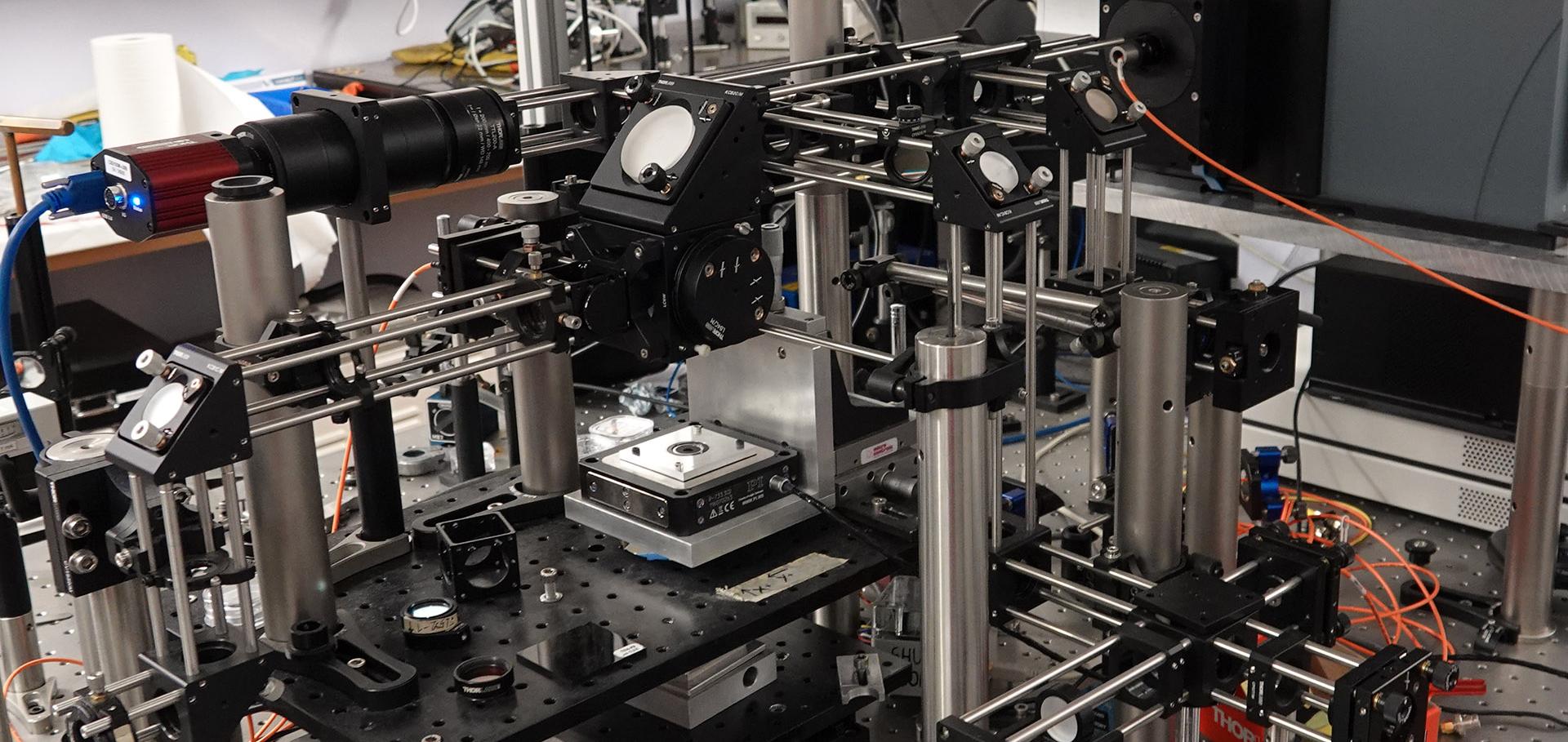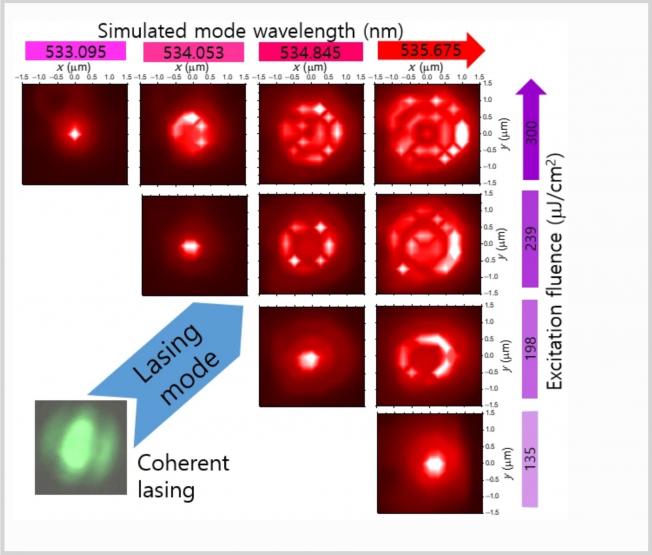Temporal variation in photoluminescence from single InGaN quantum dots
Applied Physics Letters 84 (2005) 4110-4112
Time-resolved and time-integrated photoluminescence studies of coupled asymmetric GaN quantum discs embedded in AlGaN barriers
Applied Physics Letters 86:8 (2005) 1-3
Abstract:
We have investigated exciton dynamics in asymmetric GaN quantum discs embedded in AlGaN barriers with an Al content of 50% using time-integrated and time-resolved micro-photoluminescence measurements. Emission from the quantum discs emerges at lower energy than that from the GaN nanocolumns, which suggests that GaN quantum discs are strongly affected by the built-in electric field. The lifetimes of localized excitons in quantum discs were obtained. Nonlinear emission from quantum discs under high excitation power was attributed to tunneling of carriers to larger discs from smaller discs. © 2005 American Institute of Physics.Luminescence properties of isolated InGaN/GaN quantum dots
Physica Status Solidi A Applications and Materials Science 202:3 (2005) 372-376
Abstract:
InModeling the Nonlinear Photoluminescence Intensity Dependence Observed in Asymmetric GaN Quantum Discs with AlGaN Barriers
Institute of Electrical and Electronics Engineers (IEEE) (2005) 393-396
Biexciton and exciton dynamics in single InGaN quantum dots
NANOTECHNOLOGY 16:9 (2005) 1477-1481



